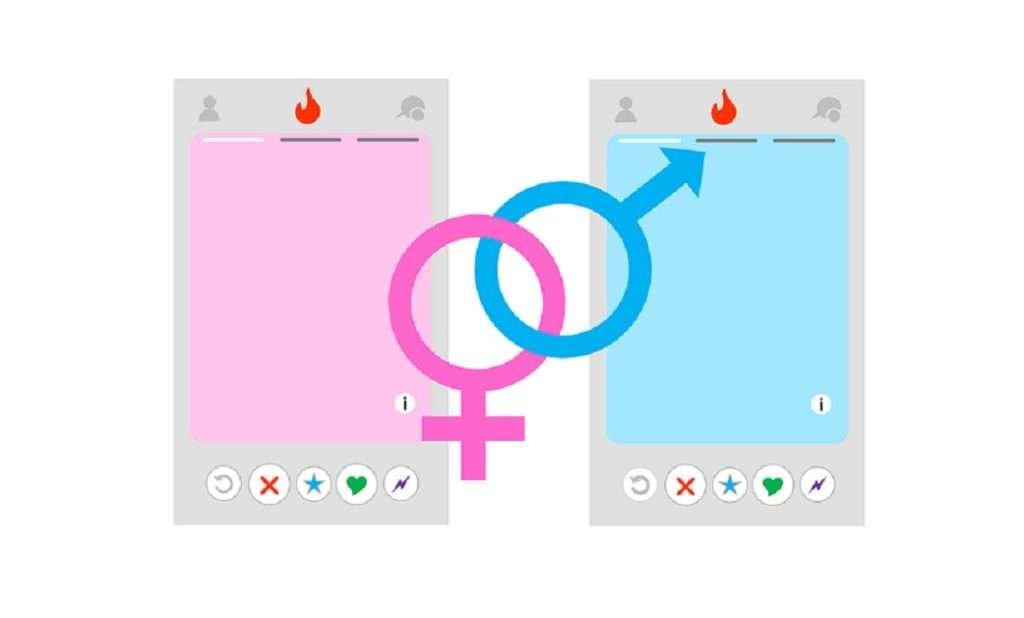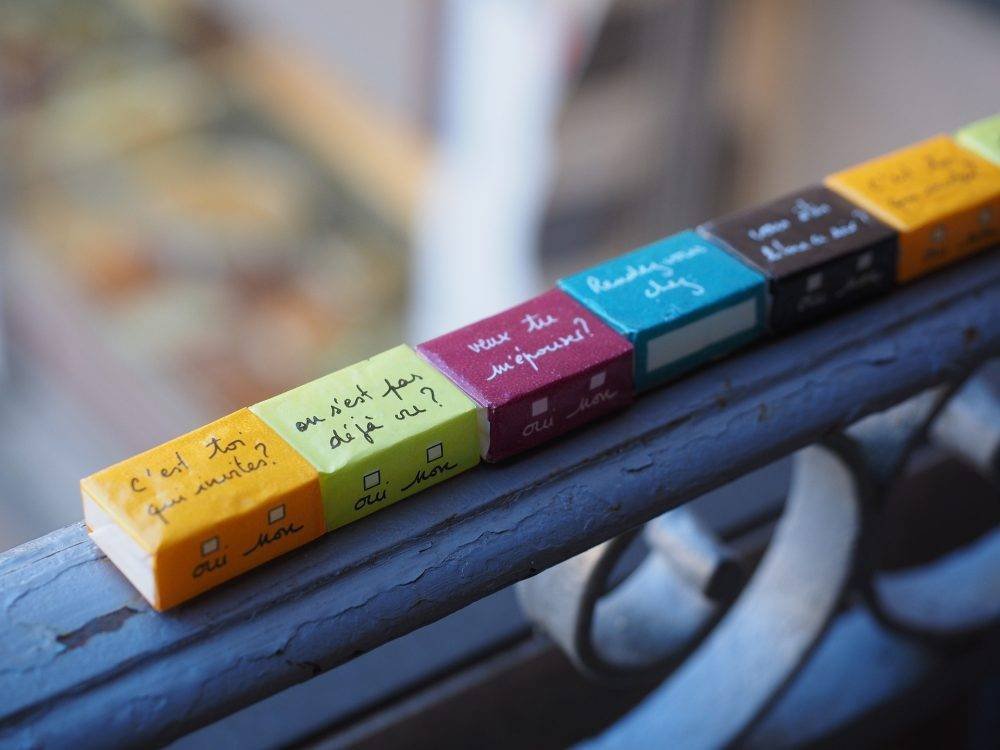It’s no longer shocking that many people use online dating as their primary method of finding love. It’s more likely that you met on Tinder than at a pub these days. Finding a life partner is only one of the many aspects of our lives that the Internet has digitized. The online dating market has been expanding rapidly since the launch of the Tinder app in 2012. Nowadays, everyone is looking for their Valentine’s Day and everlasting partner on dating apps. Consult a Dating app development company soon.
The transition from the digital to the physical
Like millions of other young Indians, Gulab was using several dating apps simultaneously. How do these experts, who have little time to spare, go beyond what the algorithms predict to identify genuine connections?
The user interfaces of modern dating apps are more like lead producers than traditional matchmakers, as they provide users with a large pool of potential partners. It’s up to the two people who matched on the app to initiate communication and arrange to meet in person. Users seem to have embraced the significant dangers of online dating, including the possibility of encountering the wrong person or even the occasional fraud. Users have put their faith in these apps despite the potential for harm.
Popular dating applications include Tinder, Bumble (which caters specifically to women), and Hinge. However, new software is released every few months. More applications provide more options for people of all ages, orientations, and worldviews, translating to more dates and love. Get in touch with a Dating app development company to stay upmarket.
The digital dating industry: a space of power and resistance
When one examines dating apps’ origins and commercial models, unexamined power dynamics become immediately apparent. Since its beginning in the late 1990s, the market for online dating has been dominated by the IAC Match Group, which owns 45 dating sites (including Tinder, Hinge, and Bumble).
Dating in the digital age
Dating apps provide a virtual setting where users can feel the excitement (and anxiety) of a possible sexual or romantic meeting. ‘Looking for the one’ (or the many) is a rehabilitated activity thanks to dating apps; this is a primary (primary) love stage involving meeting and matching. In contrast to popular belief, Kavka (2022) argues that pairings are always the result of predetermined, underlying principles that are sometimes equated with fate (‘We were destined to be together,’ exclaims jilted lovers). It is claimed that digital technology has solved this mystery using algorithmic mathematics. At least, that’s the implication of the self-referential stories featured on dating apps.
Neither of us is at fault; the algorithm is to blame
Because they are so ubiquitous, dating apps will annoy some people. This is because they rarely deliver on their modest promise to make love less complicated. All the people I’ve spoken with for this study have agreed that there are several drawbacks to using dating apps. Amelia, a lady in her mid-twenties, uses numerous dating apps to connect with prospective suitors.
Realizing What’s New in Mobile Dating Apps
- Intelligent machines and the power of data
Artificial intelligence (AI) and machine learning (ML) are frequently employed in dating applications to enhance matching and personalize the user interface. The AI matching system considers a wide range of information, including user preferences and past actions, to provide better recommendations the next time. To determine the compatibility’s success rate, ML can be utilized. There are various ways in which these technologies are helpful.
- The use of AR and VR
These are new tendencies in the online dating sector. It’s a novel take on online dating made possible by the combination of virtual reality and augmented reality. While augmented reality works to bring digital aspects into the real world, virtual reality makes it possible for people to go on virtual dates in a fully interactive and immersive setting. They are both still in their infancy, but they each promise to change how people meet and build connections in the real world.
- Embedding Social Networks
This is one of the most talked-about features of modern dating applications. The user can make casual, interpersonal contact with other users. People interested in joining communities and sharing common hobbies and pastimes can use this function. This helps people introduce the right kind of users to each other based on their tastes. Incorporating gamification components like quizzes, challenges, and trivia is another development in social networking for dating apps. These features allow users to get to know each other in a more lighthearted, collaborative setting.
- The Virtual World of the Future
This is a great function; you can find it in many modern apps, including dating apps. Metaverse technology has enabled people to overcome their fears and break free of physical boundaries by immersing themselves in alternative realities. Thanks to modern technology, users can make their avatars, fill out their profiles completely, and select their preferences in an application. They can even embark on realistic date scenarios with their match, such as dining at their favorite restaurant in their famous city or taking a stroll in their favorite park.
- Blockchain
By enabling encrypted, decentralized data storage, blockchain technology can make dating apps safer for users. As user information is recorded in distributed ledger blocks, hackers can steal it in abstract form. The addition of blockchain technology to the app has the potential to boost privacy and data integrity.
Cons of online dating
Despite the integrity of online connections, others worry that dating apps encourage a throwaway mentality. The ability to remain anonymous online can also protect against bigotry of all kinds, including racism, homophobia, and misogyny. As a result, Grindr has introduced the Kindr initiative to encourage more positive behavior.
Despite their ease, Keen acknowledges that apps have removed the excitement and surprise from dating. We can be lax about creating meaningful connections now that we can order in sex and maybe even love as we would an Uber Eats delivery. She stresses the need for applications to remain “proactive” in assisting users in meeting real-life people. “Nothing else comes close.” Feeld, Tinder, and Raya are just a few examples of applications that recognize the need to bring people together at live events like conferences, parties, and festivals to revive a sense of spontaneity and camaraderie.
Conclusion
Mobile dating applications have changed the game regarding finding love in this day and age. The rise of specialized dating apps and artificial intelligence and machine learning developments have made finding true love more exciting. This article highlights the most recent trends and developments in the creative and innovative mobile dating app development field. Finding love and lasting connections in the digital era is possible with the proper dating app and a focus on user experience. Hire a Dating app development company in India soon.
Author Bio

Prashant Pujara is the CEO of MultiQoS Technologies, a well-known mobile app development company. He boasts 10+ years of experience in software development, intending to develop mobile applications for all platforms, including iOS and Android.


